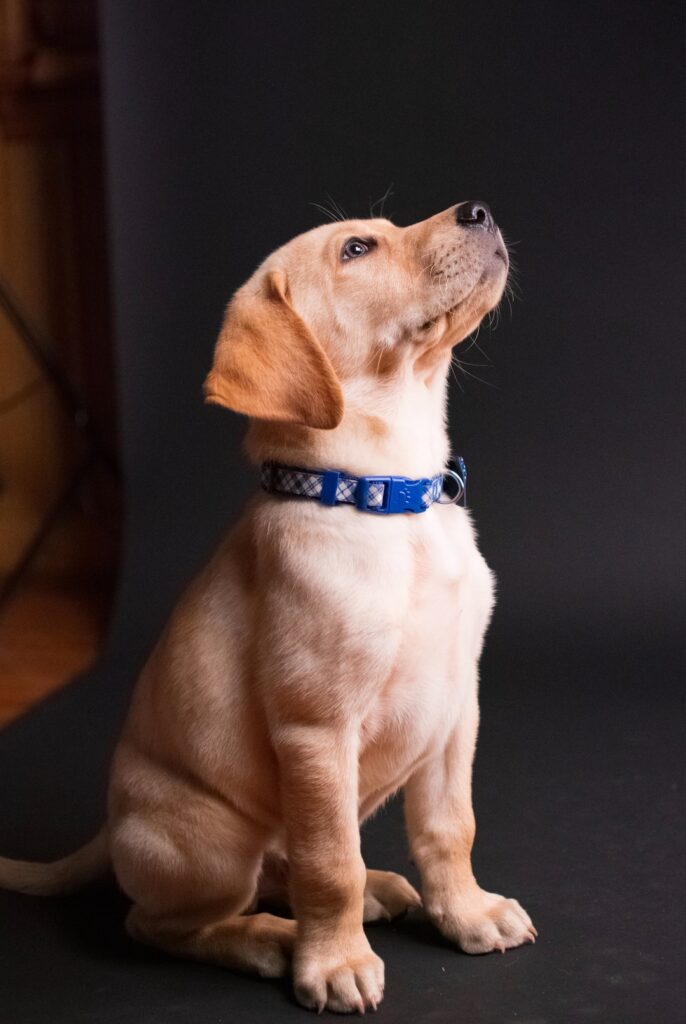How to Train Military Dogs
Are you fascinated by the incredible abilities of military working dogs? These four-legged heroes play a crucial role in various military operations, from detecting explosives and drugs to aiding in search and rescue missions. In this blog post, we’ll delve into the world of training military dogs, discussing the fascinating statistics, the training process, and how you can apply similar techniques to your own furry friends.
The Fascinating World of Military Working Dogs
Surprising Statistics
Did you know that there are over 2,500 military working dogs serving in the US Military, with various roles such as explosive detection, patrol, and specialized search? These intelligent and highly-trained canines are instrumental in safeguarding the lives of soldiers and civilians.
The Impact of Military Dogs
Military working dogs are credited with saving countless lives. In fact, studies have shown that the use of military dogs has significantly reduced the number of casualties in conflict zones. Their keen sense of smell and unwavering loyalty make them invaluable assets in high-stakes situations.
The Training Process
Basic Obedience Training
Before military dogs can take on specialized roles, they undergo rigorous basic obedience training. This includes commands such as sit, stay, heel, and come. These foundational skills form the basis for more advanced training.
Specialized Training
Once they have mastered basic commands, military dogs undergo specialized training based on their roles. This can include scent detection, tracking, apprehension, and even parachuting and rappelling alongside their handlers. Their training is intensive and tailored to the specific demands of their future tasks.
Bonding with Handlers
One key aspect of military dog training is the bond between the dog and their handler. This relationship is built on trust, mutual respect, and clear communication. The tight bond ensures seamless cooperation and success in high-pressure situations.
Applying Training Techniques to Your Own Dog
Obedience Training
Whether you have a small lap dog or a large working breed, basic obedience training is essential for every dog. By teaching your furry companion commands like sit, stay, and come, you’re not only instilling discipline but also ensuring their safety in various situations.
Mental Stimulation
Just like military dogs, all dogs benefit from mental stimulation. Incorporate scent games, puzzle toys, and training exercises into your dog’s routine to keep their minds sharp and engaged.
Building Trust
Focus on building a strong bond with your dog. Spend quality time together, engage in interactive play, and be consistent with training and routines. A trusting and respectful relationship forms the foundation for successful training and a happy, well-adjusted pet.
In Summary
The world of training military dogs is awe-inspiring, from their remarkable abilities to their intense training regimens. By incorporating aspects of their training into your own dog’s routine, you can nurture a well-behaved and mentally stimulated pet. Whether it’s basic obedience training or fostering a strong bond, the principles of military dog training can enrich the lives of all dogs and their owners. If you have a canine companion, consider implementing some of these techniques and witness the positive impact on your furry friend’s behavior and well-being.











